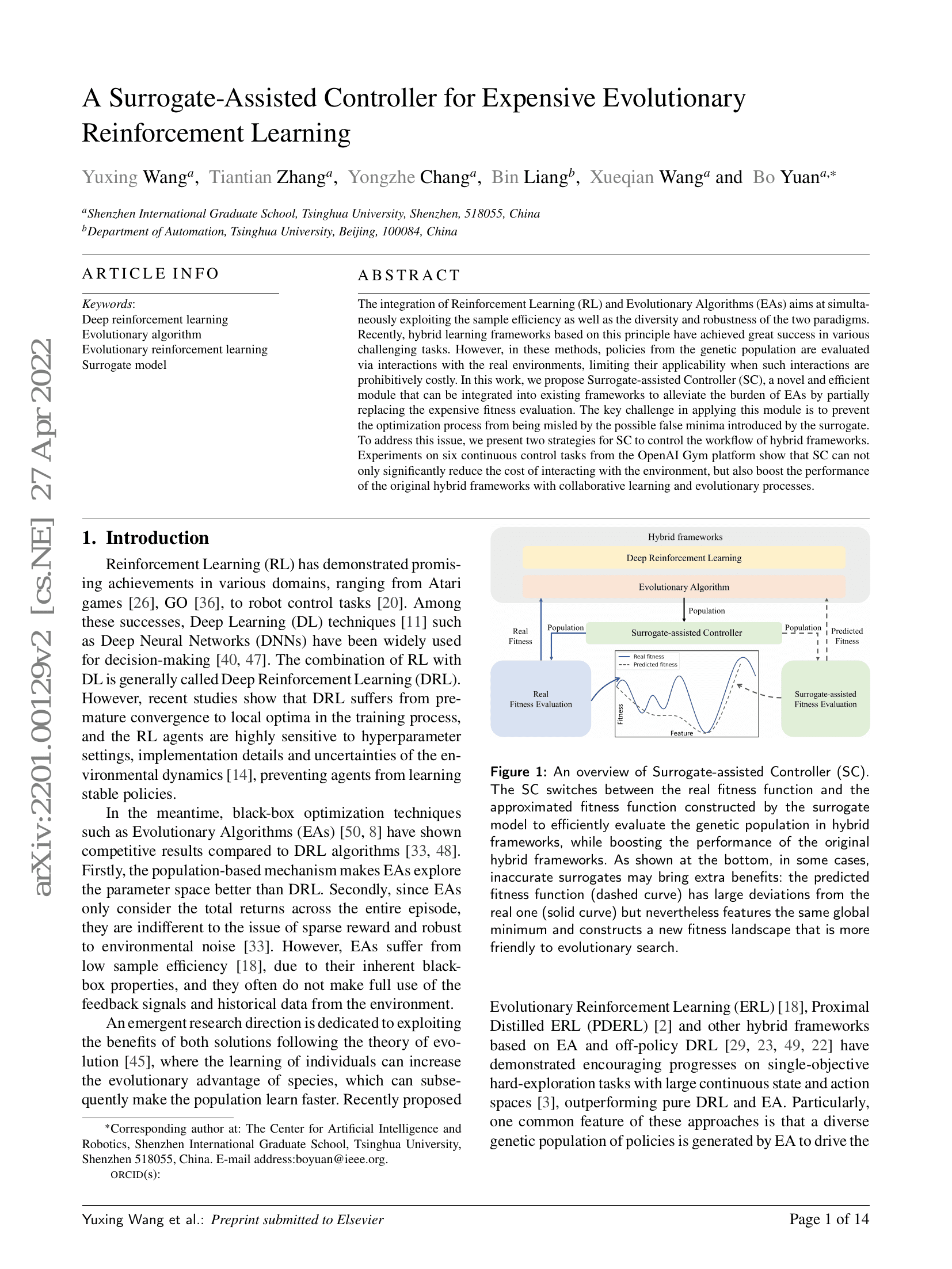Command Palette
Search for a command to run...
A Surprisingly Simple Approach to Generalized Few-Shot Semantic Segmentation
{Tadanobu Inoue Takayuki Osogami Daiki Kimura Takayuki Katsuki Haoxiang Qiu Tomoya Sakai}

Abstract
The goal of generalized few-shot semantic segmentation (GFSS) is to recognize novel-class objects through training with a few annotated examples and the base-class model that learned the knowledge about the base classes. Unlike the classic few-shot semantic segmentation, GFSS aims to classify pixels into both base and novel classes, meaning it is a more practical setting. Current GFSS methods rely on several techniques such as using combinations of customized modules, carefully designed loss functions, meta-learning, and transductive learning. However, we found that a simple rule and standard supervised learning substantially improve the GFSS performance. In this paper, we propose a simple yet effective method for GFSS that does not use the techniques mentioned above. Also, we theoretically show that our method perfectly maintains the segmentation performance of the base-class model over most of the base classes. Through numerical experiments, we demonstrated the effectiveness of our method. It improved in novel-class segmentation performance in the 1-shot scenario by 6.1% on the PASCAL-$5^i$ dataset, 4.7% on the PASCAL-$10^i$ dataset, and 1.0% on the COCO-$20^i$ dataset.
Benchmarks
| Benchmark | Methodology | Metrics |
|---|---|---|
| generalized-few-shot-semantic-segmentation-on | BCM (ResNet-50) | Mean Base and Novel: 56.20 |
| generalized-few-shot-semantic-segmentation-on-1 | BCM (ResNet-50) | Mean Base and Novel: 63.29 |
| generalized-few-shot-semantic-segmentation-on-2 | BCM (ResNet-50) | Mean Base and Novel: 33.85 |
| generalized-few-shot-semantic-segmentation-on-3 | BCM (ResNet-50) | Mean Base and Novel: 40.24 |
Build AI with AI
From idea to launch — accelerate your AI development with free AI co-coding, out-of-the-box environment and best price of GPUs.